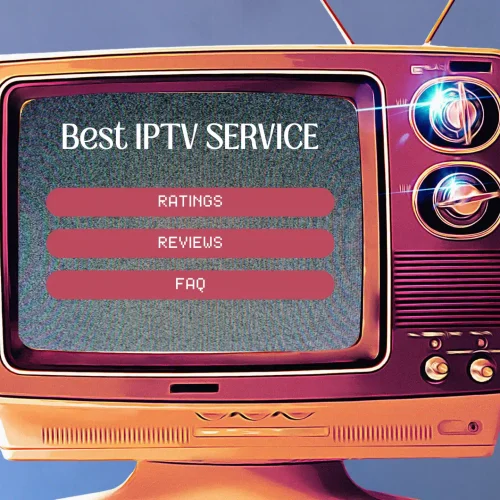What Are IPTV Channels and How Do They Work?
Internet Protocol Television (IPTV) is a technology that delivers television content over the internet. With IPTV, users can access a wide range of TV channels and video content over their internet connection. In this article, we will explore what IPTV channels are and how they work.
What are IPTV Channels?
IPTV channels are television channels that are delivered through an internet connection rather than through traditional cable or satellite signals. These channels can include live TV streams, on-demand video content, and even interactive features like video on demand (VOD) and electronic program guides (EPG).
Unlike traditional cable or satellite TV services, IPTV channels are delivered over an IP network, which allows for greater flexibility and customization in the type of content that can be delivered. This means that users can access a wider variety of channels and content, including international channels, specialty channels, and even niche content that may not be available through traditional TV providers.
How Do IPTV Channels Work?
The way IPTV channels work is by streaming television content over an internet protocol network. This content is transmitted as data packets over the internet, which are then decoded and displayed on the user’s device, such as a TV, computer, or smartphone.
There are two main types of IPTV channels: live channels and on-demand channels. Live channels are streaming TV channels that are broadcast in real-time, just like traditional TV channels. On-demand channels, on the other hand, allow users to access pre-recorded video content at their convenience.
When a user selects a channel to watch, the IPTV service provider sends a request to the content provider’s servers, which then stream the content back to the user’s device. The user’s device decodes the data packets and displays the content on the screen, allowing the user to watch the channel in real-time.
Future Trends in IPTV Channels
As technology continues to evolve, the future of IPTV channels looks bright. By 2024, it is estimated that the global IPTV market will reach $80 billion, with over 1 billion subscribers worldwide. This growth is driven by the increasing demand for on-demand video content and the rise of internet-connected devices.
One of the trends that we can expect to see in the future of IPTV channels is the integration of artificial intelligence (AI) and machine learning technologies. These technologies will allow IPTV providers to personalize content recommendations for users based on their viewing habits and preferences, creating a more personalized and engaging viewing experience.
Another trend in IPTV channels is the adoption of 4K and even 8K resolution video content. As internet speeds continue to increase and more devices support higher resolution video playback, IPTV providers will be able to offer viewers a more immersive and high-quality viewing experience.
Conclusion
In conclusion, IPTV channels are television channels that are delivered over the internet using internet protocol technology. They offer users a wide range of TV channels and on-demand content, delivered through data packets transmitted over the internet. With the increasing demand for on-demand video content and the rise of internet-connected devices, the future of IPTV channels looks promising. By staying ahead of the trends and adopting new technologies, IPTV providers can continue to offer users a personalized and high-quality viewing experience.






